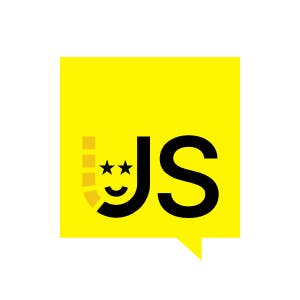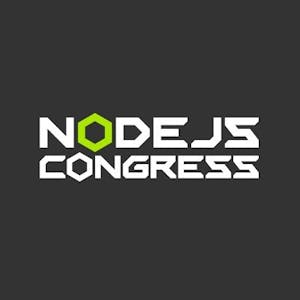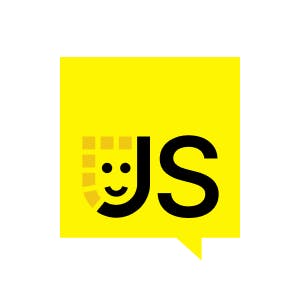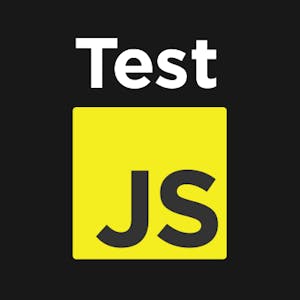How do you create a scalable application with lots of different layouts, screens, giving enough flexibility to each team to customise without adding orders of magnitude in complexity to your app? Companies like Airbnb, Meta, and Lyft approach this with server-driven UI. We’ll explore how this can work for mobile apps, challenges that it introduces, and how it’s the way forward in the age of React Server Components.
Server-Driven Mobile Apps With React Native
Video Summary and Transcription
Today, we explore server-driven UI in React Native, which allows for scalable and complex UIs without incurring tech debt. Project Lightspeed simplifies UI definition and reduces code duplication. Server-driven UI, used by industry giants like Shopify and Airbnb, enables flexibility and platform consistency. Additionally, Evan Bacon's talk at ReactConf introduces the vision of universal React server components in server-driven UI.
1. Introduction to Server-driven UI
Today, we are going to be taking a look at server-driven UI and how you can use it within your React Native applications to create more scalable and complex UIs and layouts without incurring a lot of cost and tech debt. The best way to talk about server-driven UI is to go through a very concrete story from the industry. Let's go back in our timelines, back from 2024 all the way to 2019. For the folks at Facebook before they were called meta, they were just releasing out a lot of new features into the messenger app. This app was expanding very quickly, resulting in slow app start-up times and multiple versions of the same UI components.
Hey, everyone. Thank you for joining the session. Today, we are going to be taking a look at server-driven UI, how you can use it within your React Native applications to create more scalable and complex UIs and layouts without incurring a lot of cost and a lot of tech debt.
My name is Mo. I head the mobile team at Theodo. Theodo has been doing React Native since 2015, I believe. We were very early adopters as soon as React Native came out a few months after we started doing React Native. We've been hosting things like the React Native London meetup since 2017. We're very passionate about React Native. We've been in the space for a while, and we've seen a whole host of projects in the React Native space from small to large. Hopefully we can share some of that experience with you all.
The best way to talk about server-driven UI is to go through a very concrete story from the industry. Let's go back in our timelines, back from 2024 all the way to 2019. This was a simpler time. It was the age before the pandemic. Life was simple. For the folks at Facebook before they were called meta, they were just releasing out a lot of new features into the messenger app. If you remember, the logo was blue. It didn't have the gradient. They had just introduced a large group chats. They had added in new functionality and features such as polling. They even added things like maps and games into their app. This app was expanding very, very quickly. As a result, they had over 1.7 million lines of code in the iOS app for Messenger. They had a massive bundle size. We're talking 130 megabytes. All of this resulted in slow app start-up times and also slow run time of the app. There were multiple versions of the same UI components. One thing that they gave an example of was that there were 40 different contactless screens, which is really just the exact same component with slight variations. They had duplicated similar layouts across the app with very minor variations.
2. Project Lightspeed
Project Lightspeed was born as a simpler way to define layouts and UI without hard coding and duplication. The server controls the UI, resulting in a massive reduction in lines of code and bundle size. It also improved team efficiency and introduced a new logo.
Project Lightspeed was born. The whole concept behind Project Lightspeed was that they needed a simpler way to define layouts, to define the UI, that didn't require so much hard coding of different variations, so much code duplication. The strategy that they landed on was this concept of server-driven UI, with a fair bit of more complexity added in for things like caching, offline support. Really the gist of it was that the server controls the UI. If we look at the results, if we go out to 2020, what happened was those 1.7 million lines of code, they were reduced down to 360,000 lines of code. That is a massive reduction. The 130 megabytes of bundle size was reduced down to 30 megabytes of bundle size. They had an entirely new logo, right? Everyone is happy. Really, the gist of it was they were able to cut down so much, speed up their team significantly, all through adopting a different architecture and a different pattern to think about it.
Check out more articles and videos
We constantly think of articles and videos that might spark Git people interest / skill us up or help building a stellar career
Workshops on related topic
Tests rely on many conditions and are considered to be slow and flaky. On the other hand - end-to-end tests can give the greatest confidence that your app is working. And if done right - can become an amazing tool for boosting developer velocity.
Detox is a gray-box end-to-end testing framework for mobile apps. Developed by Wix to solve the problem of slowness and flakiness and used by React Native itself as its E2E testing tool.
Join me on this workshop to learn how to make your mobile end-to-end tests with Detox rock.
Prerequisites- iOS/Android: MacOS Catalina or newer- Android only: Linux- Install before the workshop
In this three-hour workshop we’ll address these questions by discussing how to integrate Detox into your development workflow. You’ll walk away with the skills and information you need to make Detox testing a natural and productive part of day-to-day development.
Table of contents:
- Deciding what to test with Detox vs React Native Testing Library vs manual testing- Setting up a fake API layer for testing- Getting Detox running on CI on GitHub Actions for free- Deciding how much of your app to test with Detox: a sliding scale- Fitting Detox into you local development workflow
Prerequisites
- Familiarity with building applications with React Native- Basic experience with Detox- Machine setup: a working React Native CLI development environment including either Xcode or Android Studio
Appflow is the cloud mobile DevOps platform built by Ionic. Using a service like Appflow to build React Native apps not only provides access to powerful computing resources, it can simplify the deployment process by providing a centralized environment for managing and distributing your app to multiple platforms. This can save time and resources, enable collaboration, as well as improve the overall reliability and scalability of an app.
In this workshop, you’ll deploy a React Native application for delivery to Android and iOS test devices using Appflow. You’ll also learn the steps for publishing to Google Play and Apple App Stores. No previous experience with deploying native applications is required, and you’ll come away with a deeper understanding of the mobile deployment process and best practices for how to use a cloud mobile DevOps platform to ship quickly at scale.
But it doesn’t have to be this way. React Native Testing Library (RNTL) is a great library for component testing, and with the right mental model you can use it to implement tests that are low-cost and high-value. In this three-hour workshop you’ll learn the tools, techniques, and principles you need to implement tests that will help you ship your React Native app with confidence. You’ll walk away with a clear vision for the goal of your component tests and with techniques that will help you address any obstacle that gets in the way of that goal.you will know:- The different kinds React Native tests, and where component tests fit in- A mental model for thinking about the inputs and outputs of the components you test- Options for selecting text, image, and native code elements to verify and interact with them- The value of mocks and why they shouldn’t be avoided- The challenges with asynchrony in RNTL tests and how to handle them- Options for handling native functions and components in your JavaScript tests
Prerequisites:- Familiarity with building applications with React Native- Basic experience writing automated tests with Jest or another unit testing framework- You do not need any experience with React Native Testing Library- Machine setup: Node 16.x or 18.x, Yarn, be able to successfully create and run a new Expo app following the instructions on https://docs.expo.dev/get-started/create-a-new-app/



























Comments